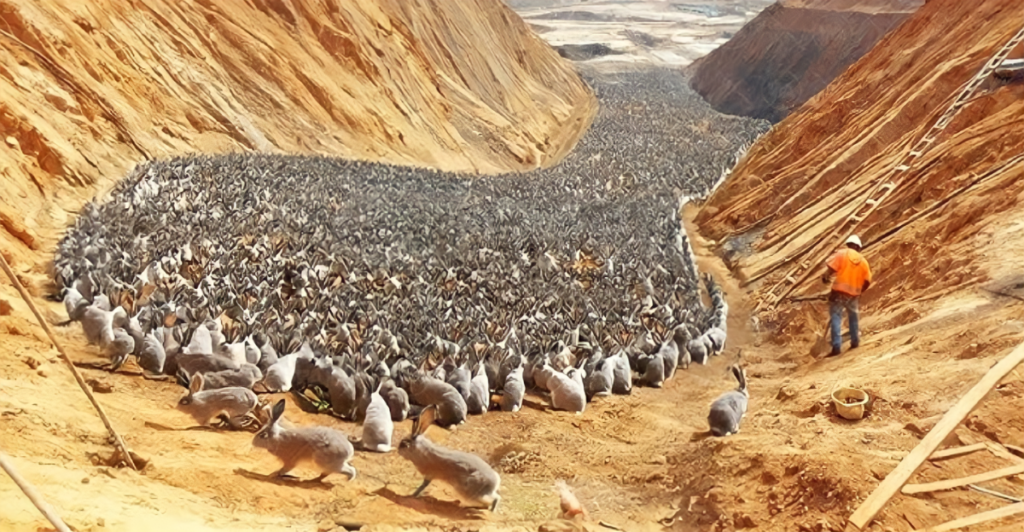
China has curbed the expansion of the Taklamakan Desert, one of the largest shifting sand deserts on the planet, through an enormous greenbelt project. This ambitious project, which spans 3,050 kilometers and features solar-powered sand control technology, has helped reduce sandstorms, protected infrastructure, and brought economic opportunities to the Xinjiang Uyghur Autonomous Region. Although the project’s original goals were to counter desertification and its effects on human activities and the environment, the restoration positively impacted the local flora and fauna by providing habitats and resources in a previously inhospitable environment.
Halting the “Sea of Death”
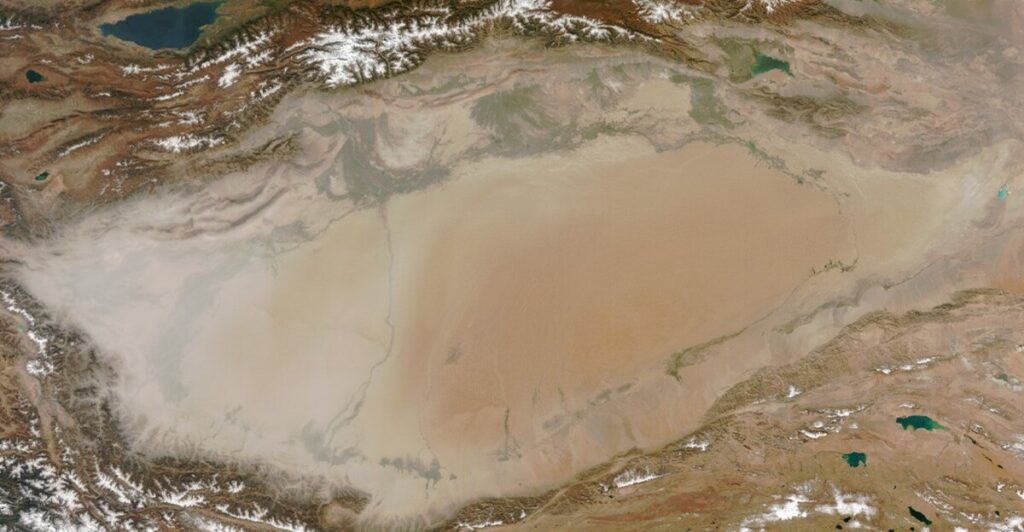
The Taklamakan Desert, also known as the “Sea of Death,” covers an area of 337,600 square kilometers, an area nearly the size of Germany. Its shifting sand dunes and frequent sandstorms have long disrupted weather patterns, threatened agriculture, and impacted human health. In turn, China enacted a green barrier to stabilize its desert’s fragile ecosystem.
A 40-Year Undertaking
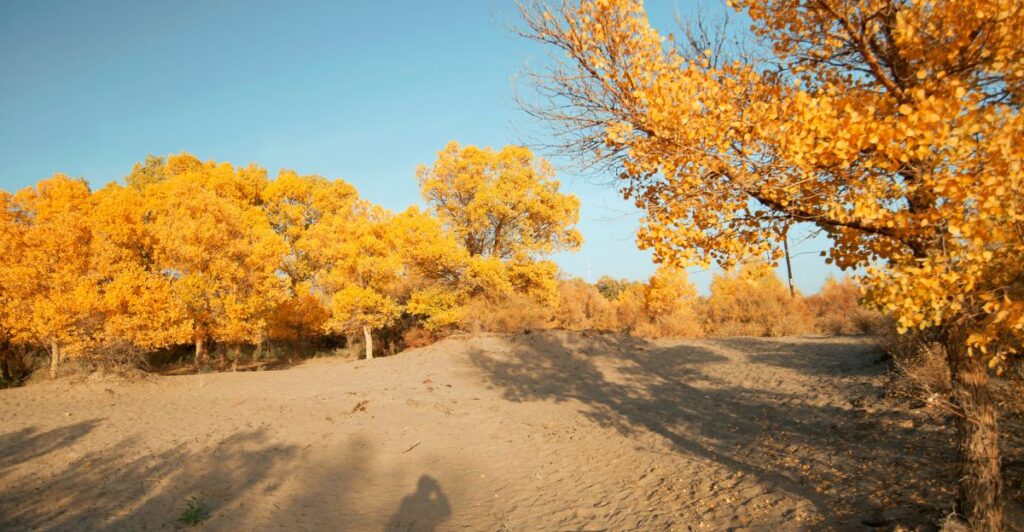
This effort has been in the works for over 40 years, with the final phase opening in November 2022. The project employed 600,000 workers to plant desert-friendly species such as saxaul trees, red willow, and desert poplar. These plants stabilize the shifting sands and slow desert expansion and — together with other trees in the region — provide economic benefits to local communities, making this one of the largest reforestation initiatives.
The Ecological Benefits for Wildlife
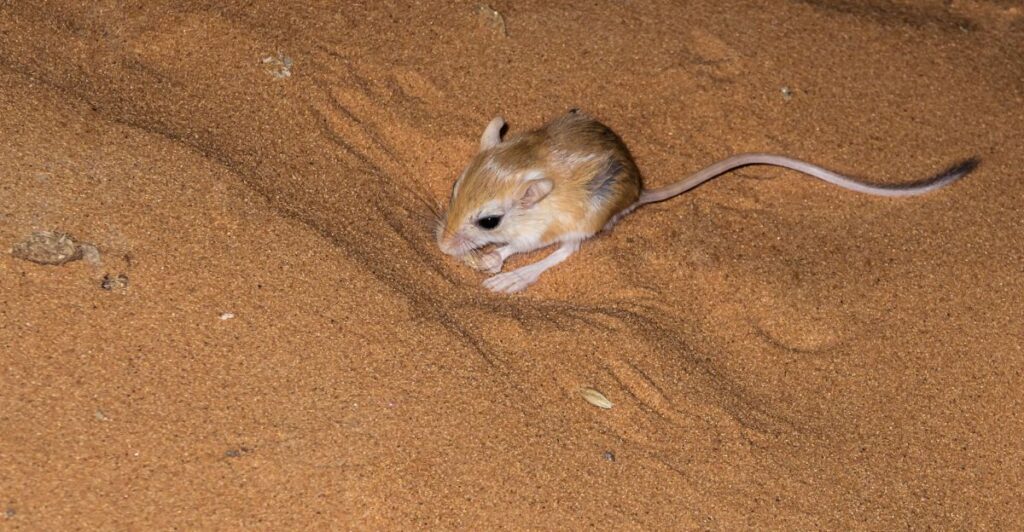
In addition to fighting desertification, the greenbelt establishes habitats for various animal species. The vegetation supplies food, shelter, and breeding grounds, supporting the region’s biodiversity. This is particularly crucial in a region with extreme conditions that restrict the availability of resources for wildlife.
Infrastructure Safeguarding
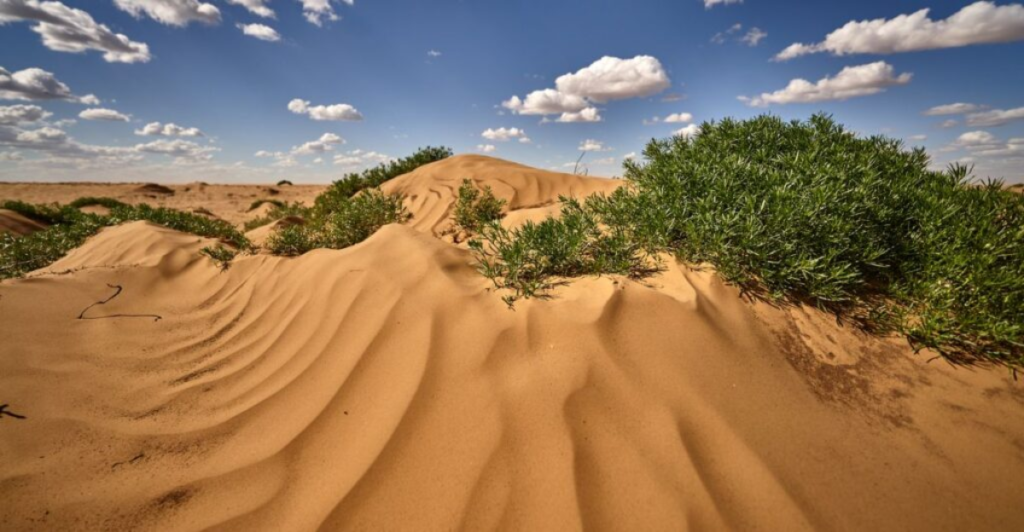
The greenbelt project is also designed to help protect vital rail and highway infrastructure from the encroaching desert. The project significantly contributes to the stability of the sand while also minimizing the occurrence of dense sandstorms; this guarantees the safety and efficiency of transportation networks, which are crucial for regional connectivity and economic development within the region.
Solar-Powered Innovation

Integrating solar-powered irrigation systems serves as a sustainable form of renewable energy to maintain vegetation in the arid desert landscape. This innovative approach sustains the long-term viability of the greenbelt and showcases the potential of sustainable technologies combating desertification.
Economic Opportunities
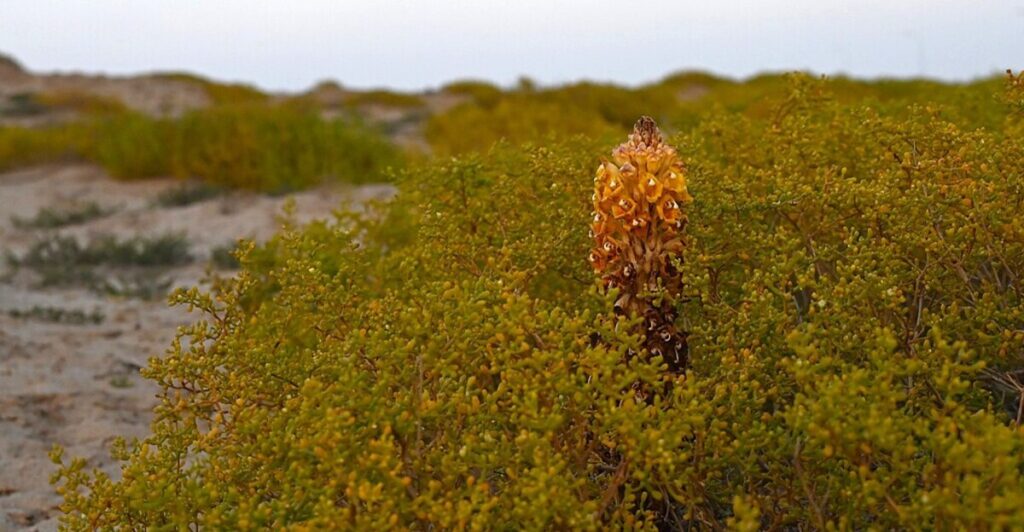
While stopping desertification is the main goal, the project also provides long-term, sustainable economic opportunities. Some newly planted trees, such as the desert hyacinth, have medicinal properties, creating new markets for herbal treatments. Local residents also benefit from the development of sand industries, including the cultivation of cistanche and other crops.
Connecting Desert Cities
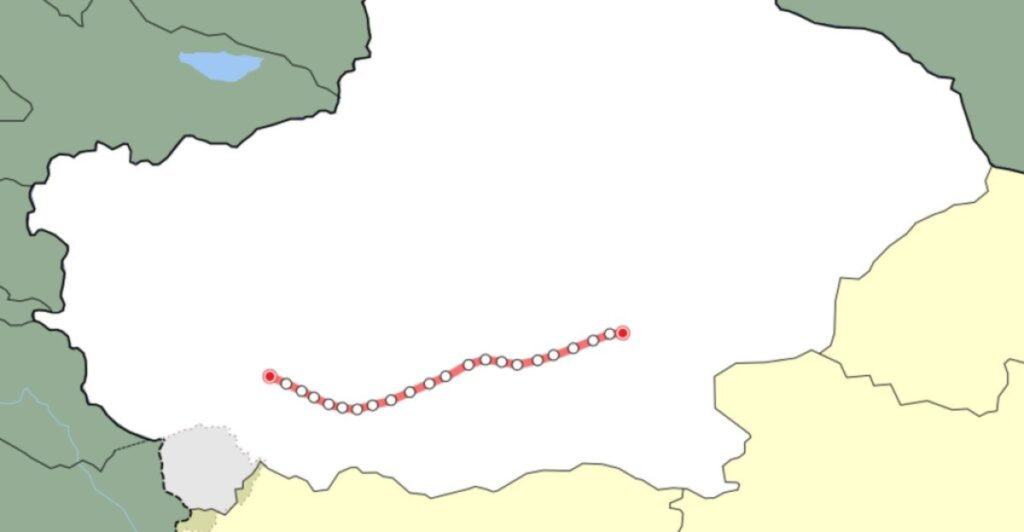
In 2022, China launched the Hotan-Ruoqiang Railway, which became the world’s first railway, fully encircling a desert. The railway spans 2,712 kilometers and links desert cities, ensuring agricultural products such as walnuts and red dates can be transported to the rest of China, thus boosting regional trade development.
Renewable Energy Hub

China is also in the process of creating a large-scale renewable energy project in the Taklamakan Desert. The China Three Gorges Corporation plans to install 8.5 gigawatts of solar power and 4 gigawatts of wind power within the next four years. This initiative integrates the region’s renewable resources into the national grid, transforming an ecological challenge into an opportunity for green development.
A Blueprint for Global Initiatives
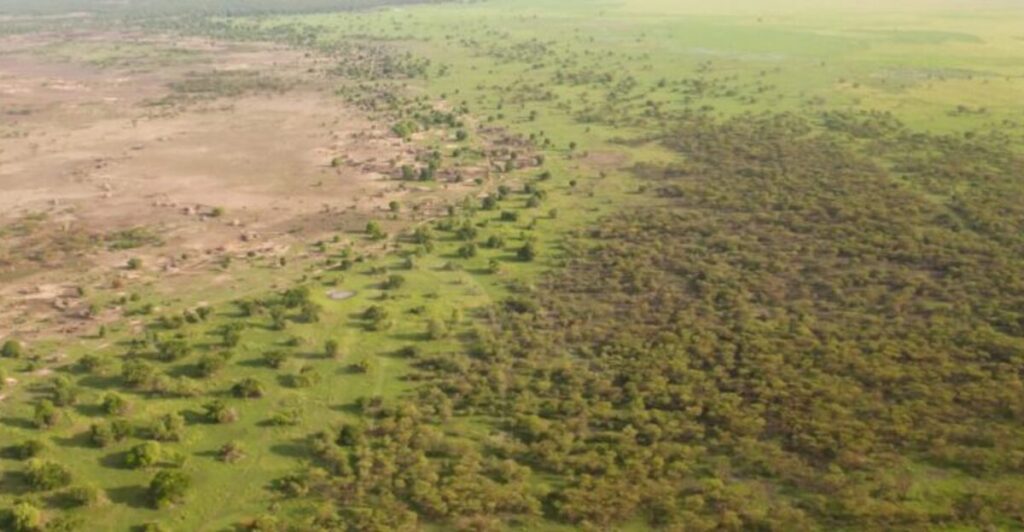
The success of the Taklamakan greenbelt aligns with global efforts to combat desertification and land degradation. Other projects, such as Africa’s Great Green Wall, aim to stop the expansion of the Sahara Desert. China is pioneering a model for other nations struggling with similar ecological threats, pursuing an integrated approach that combines solar power, afforestation, and economic incentives.
Long-Term Sustainability

Now that the Taklamakan greenbelt is complete, the new focus will be to enhance its long-term efficiency and ensure it remains a sustainable, self-sufficient ecosystem. This includes ongoing planting efforts to reinforce the wall and continued research in identifying the most resilient plant species for the harsh climate.
Innovative Environmental Solutions
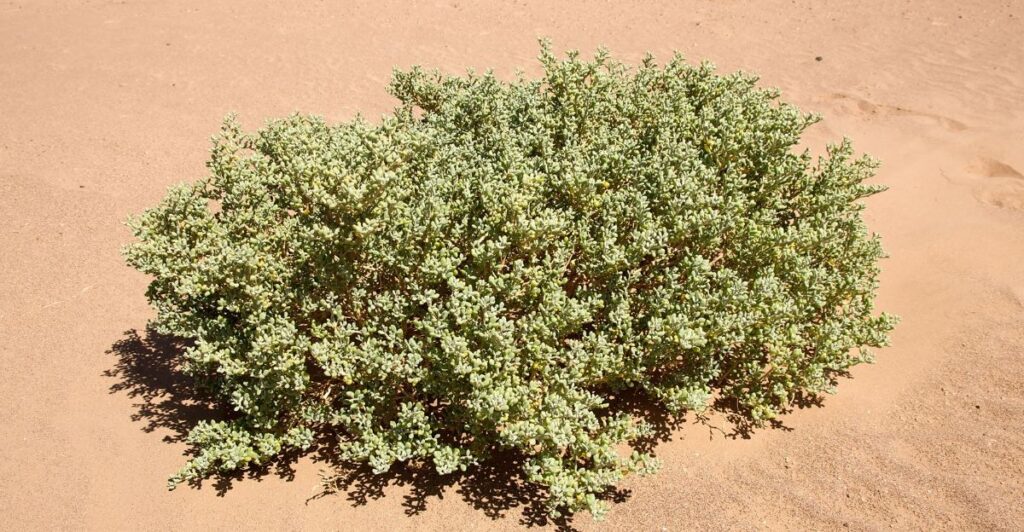
This accomplishment highlights China’s dedication to innovative solutions for the environment. Green technologies and large-scale reforestation have protected its infrastructure and agriculture and paved the way for future global desert restoration projects.
Transforming Landscapes
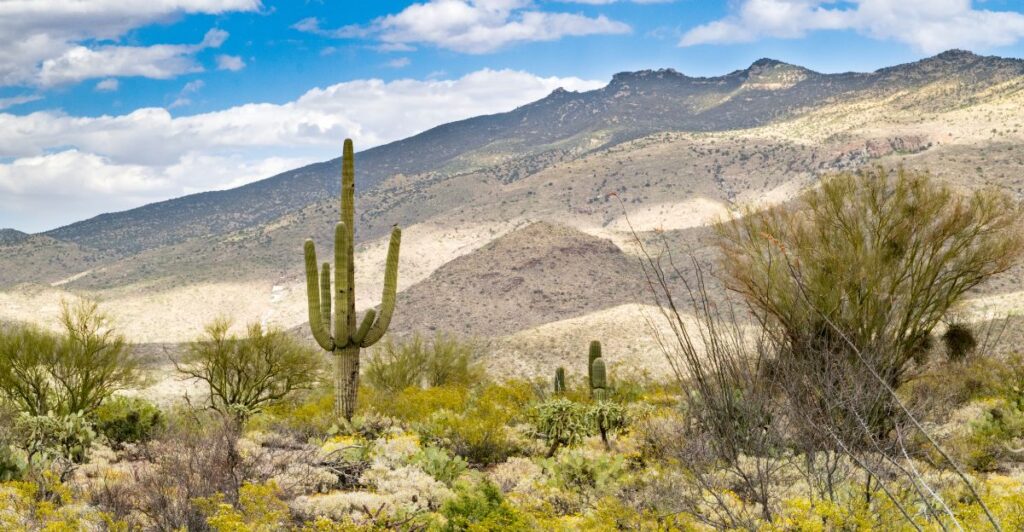
Solar-powered sand control, large-scale tree planting, and the integration of renewable energy demonstrate that desertification is not irreversible. With continued investment, other arid regions fighting encroaching desertification could replicate China’s success — proving that even the most harsh environments can ultimately transform into thriving ecosystems.







